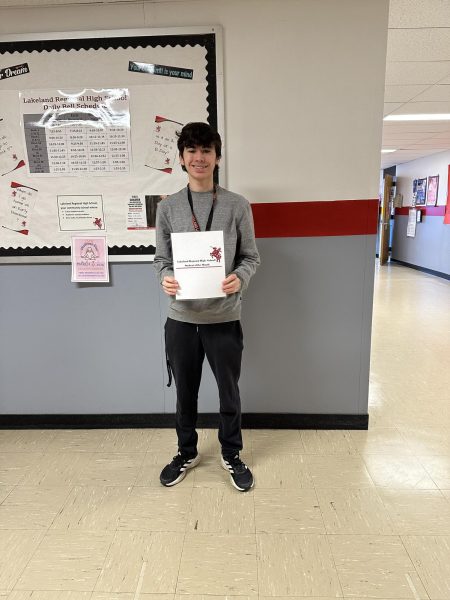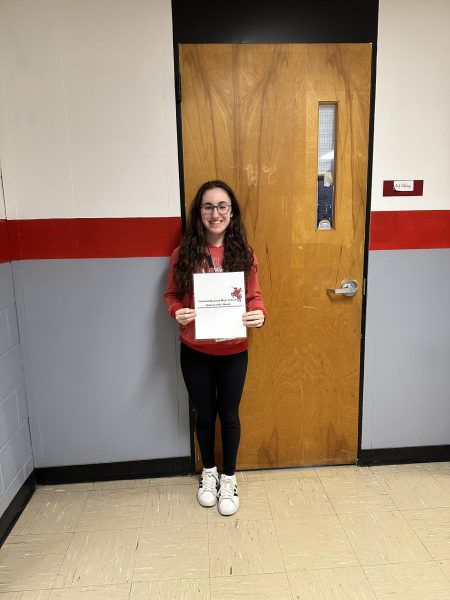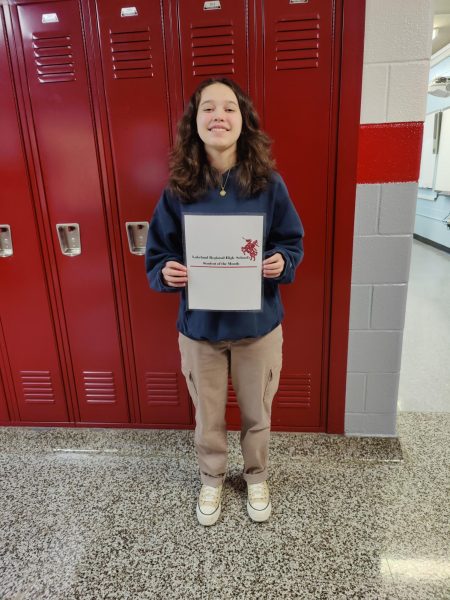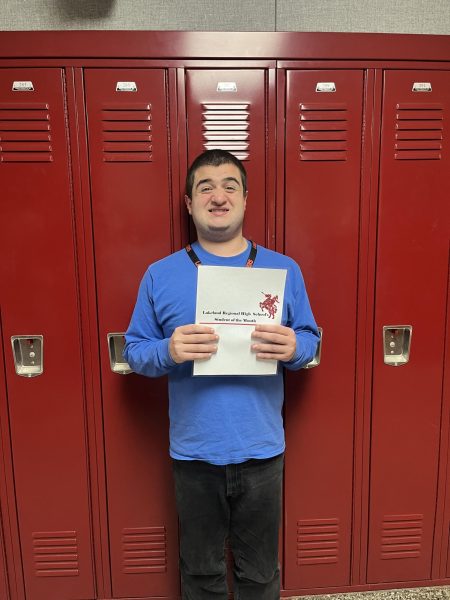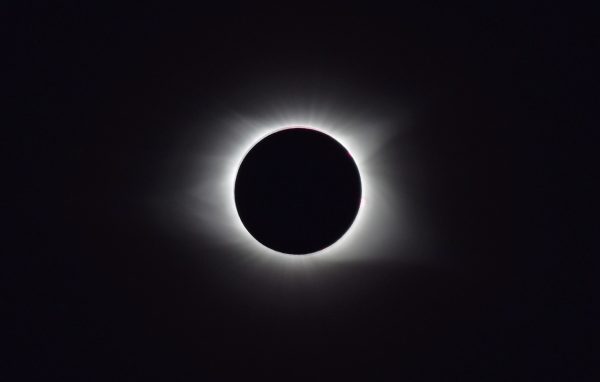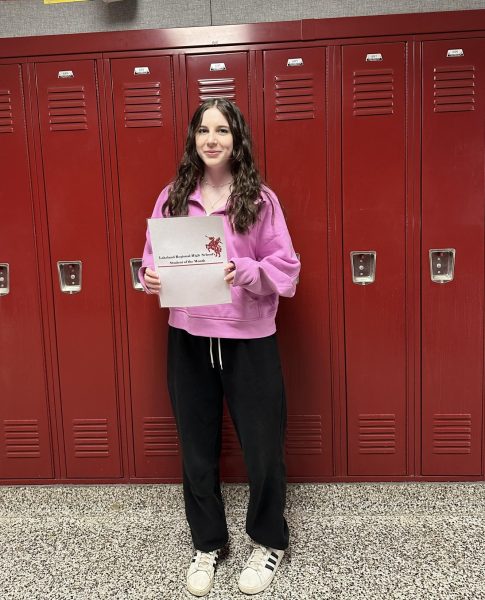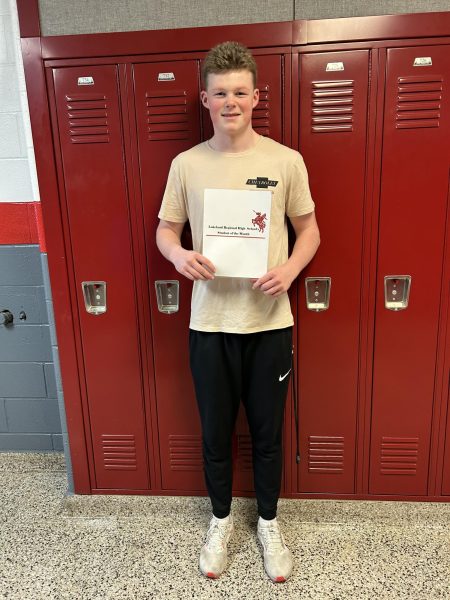COVID-19 Vaccine: What to Expect and the Effects
The Lancer Ledger met up with three members of the Lakeland Regional High School community who were able to receive the vaccine and ask them about the process and side effects.
Everyone who received the vaccination shot was required to sit for 15 minutes. Doctors and nurses walked around to monitor for any immediate side effects of the immunization.
As the winter months brought a rise in the number of COVID-19 cases in the United States, Pfizer-BioNTech and Moderna had their COVID-19 vaccines approved for most of the population, with Johnson & Johnson’s single shot vaccine being approved this past weekend. The vaccine rollout has been slow and frustrating for many throughout the state, with teachers and other essential workers still not eligible to receive doses. Currently, the vaccines are only available to certain people, with frontline workers, those with underlying health conditions, and the elderly among those who are eligible.
The Lancer Ledger met up with three members of the Lakeland Regional High School community, Jake Weirer, Ms. Kali Spoelstra, and Mr. Andrew Truong, who were able to receive the vaccine and ask them about the process and side effects.
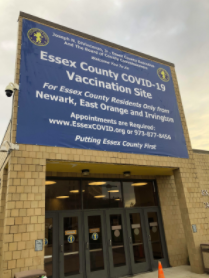
Jake Wierer, a senior at LRHS, explained he was a part of New Jersey Search and Rescue. Ms. Kali Spoelstra, an English and journalism teacher, explained that she was a volunteer EMT in her own home town of Westwood. Mr. Truong, a math teacher who volunteered as a non-medical personal at an Essex County vaccination site, told The Lancer Ledger, “At the end of my first day of volunteering at the vaccination site, the Health Dept. managers on site asked all of the volunteers if any of us wanted the vaccine.” Mr. Truong was “pleasantly surprised” and accepted the offer.
All three explained they decided to take it to protect both themselves and others, along with doing their “small part in bringing this pandemic to its knees,” as Ms. Spoelstra put it.
The Covid-19 vaccines, like most vaccines, leave T cells (T-lymphocytes) and B cells (B-lymphocytes) in one’s body that will fight off any infection of the coronavirus in the future. Both of these cells work with one’s body to build immunity and antibodies. However, due to the time that the T cells and B cells take to produce, one can become sick in the days and weeks following the reception of the vaccine.
Both vaccines require two shots, one that follows the other to strengthen protection. In both cases, symptoms may be experienced in the aftermath of taking the vaccine.

These side effects come in a wide range – some intense, some mild. Mr. Truong, who has already received both of his doses, explained, “I felt extreme fatigue with a massive headache to the point where I couldn’t walk and was pretty much laying on the floor. The symptoms eventually went away in the evening with lingering fatigue in the days following.” Ms. Spoelstra, explained that the only symptom she experienced with the first shot was a sore arm and pain at the injection site. However, the second shot had her feeling flu-like, with chills and nausea. Wierer also similarly said, “The only side effect I experienced [from the first shot] was a sore arm for about 2 days.”
The process of receiving a vaccination was explained by Mr. Truong. Once you have your vaccine appointment and are at the venue, he reported, “We first had to answer a questionnaire to see if we qualified medically. Any ‘Yes’ answers would’ve disqualified us immediately to get the shot.” Then he explained that those getting the vaccine were taken to individual areas, similar to small exam rooms, to be given the shot. After that they were given a vaccination card (pictured) and had to sit and be monitored for 15 minutes.
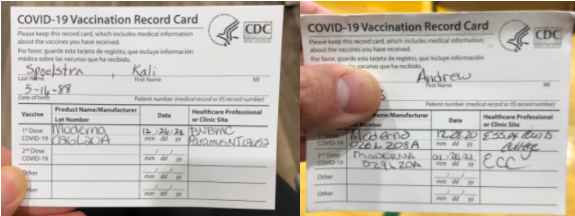
Wierer simply put it, “The entire process was not hard, but it was moderately difficult to get a spot.”
Ms. Spoelsta, who received her first does of the Moderna vaccine on December 26, 2020, “was nervous to be one of the first people to receive a dose of a new vaccine that quickly went through medical trials.” After doing research and talking to professionals, she said, “It was better off getting the vaccine than getting the virus that could make me or my loved ones very sick.”
While Wierer feels a greater sense of safety in public, he said, “I will continue to wear a mask and social distance as experts recommend.”
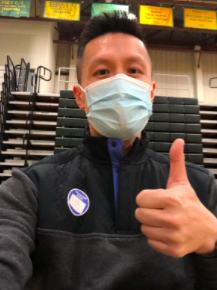
Mr. Truong added to this, saying, “While I am comfortable in the public knowing that I have received that vaccine, I am also understanding of the fact that everyone has their own comfort level and may be unwilling to opt for immunization.”
Seeking out a COVID-19 vaccine is an important part to keeping you, your family, and your community safe. “It is safe, effective, and essential for our return to common life,” as Wierer said.
As the vaccines are rolled out to more people and also approved for younger ages, look to see if you fall in the group of people who can take it. The best place to do that? New Jersey’s official Covid-19 Information Hub.
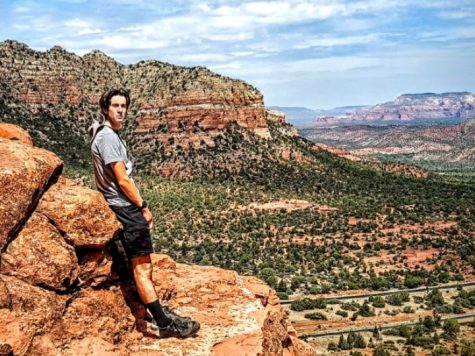
Nathan is a senior at LRHS and is a writer for The Lancer Ledger. Nathan is not new to the journalism field - he has been a writer for the paper for multiple...



